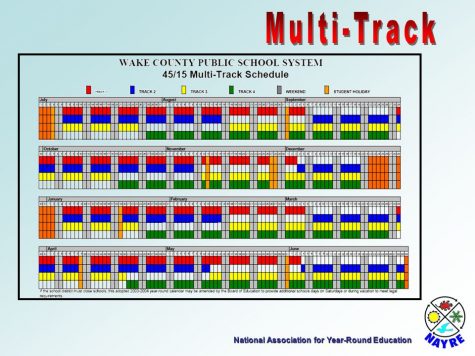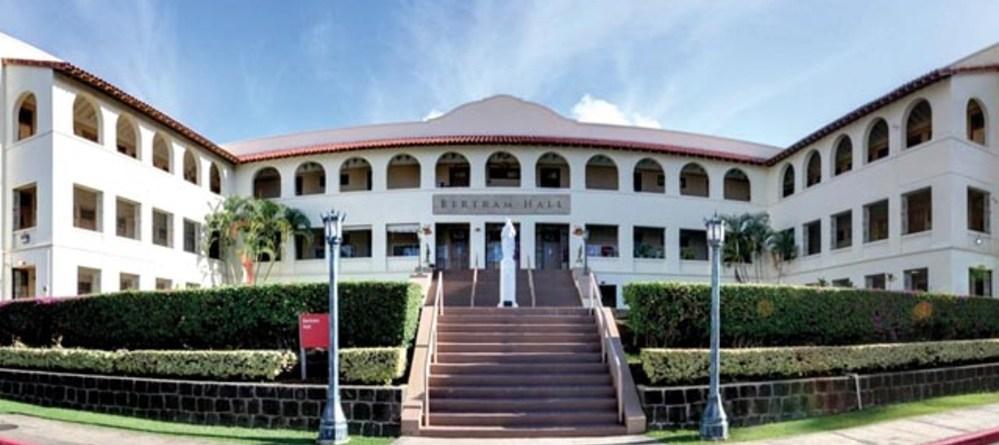Year-Round Schools
October 5, 2017
For most, the idea of school comes with 180 days followed by a 3-month break during the summer. However, there is an alternative school schedule that has six weeks of school followed by a three-week break. Experts say that this schedule is at an advantage because students who are on this schedule are able to keep the knowledge from the previous school year because they only have three weeks in between grades.
Studies also show that this type of schedule is most efficient in areas where overcrowding is evident. Students are placed on multi-tracks allowing the buildings to be in constant use with new students. Although these are beneficial things the most important should be the students’ experience in school.
Students who attend schools with this schedule often have issues with it. For example, one student who attended a year-round school in Virginia stated,”It was really hard to get involved in the work because as soon as you geared up, you had to gear back down again.” I personally can see how this could occur, and I would not want to have this schedule at a school I attend. Going to school for six weeks without a break would be harsh as well as only having three weeks until the next grade starts.
As a student, the traditional schedule has equipped me enough to go from grade to grade while keeping previous knowledge and having the ability to continue to learn. Traditional schools schedules show to be efficient which is probably why the majority of schools keep that type of schedule

Scholastic. “The Pros and Cons of Year-Round Schools.” Scholastic.com, www.scholastic.com/parents/resources/article/choosing-schools-programs/pros-and-cons-year-round-schools.



